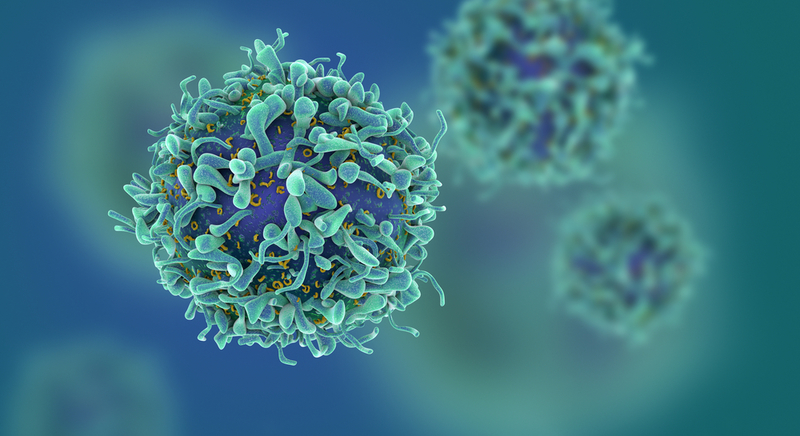New method better predicts tumour growth rate in 12 cancers
ANI Apr 05, 2019
In new research, scientists have come up with a new formula that predicts tumour growth rate more accurately, a crucial statistic used to schedule screenings and set dosing regimens in cancer treatment.

The research, published in the AAPS Journal, was led by Dhaval Shah, PhD, associate professor in the UB School of Pharmacy and Pharmaceutical Sciences. The mathematical method successfully estimated the doubling time, the amount of time for a tumour to double in size, for 12 types of cancer, ranging from breast and prostate cancers to melanoma.
"This novel method allows clinicians and drug development scientists to use routinely-generated clinical data to infer doubling times of solid tumours. This parameter can be used to design individualised dosing regimens and develop reliable models for anticancer therapeutics," said Shah.
Tumour doubling time can significantly affect the outcome of anticancer therapy, but the rate is challenging to determine. Current methods calculate doubling time by measuring the size of a tumour at two points in time and assuming cancer will grow at an exponential rate.
However, most doubling times calculated using this method are overestimated, and tiny changes in tumour size can make determining growth rates difficult. The error impacts the ability of clinicians to schedule optimal follow-up screenings, set effective dosing regimens, and determine whether surgery, chemotherapy or radiation therapy is the best form of treatment.
The UB researchers instead base their method on data extracted from progression-free survival plots - the length of time during and after treatment that cancer does not grow or spread. Progression-free survival plots explained Shah, inherently contain information that could help identify tumour growth rates.
The investigators examined data from 47 clinical trials that reported plots for any of 12 cancer types: melanoma; pancreatic, lung, prostate, gastric, colorectal and three forms of breast cancer; hepatocellular (liver) and renal cell (kidney) carcinoma; and glioblastoma multiforme (brain). The cancer growth rates predicted by the researchers using progression-free survival plots were within close range to the reported actual tumour doubling times.
-
Exclusive Write-ups & Webinars by KOLs
-
Daily Quiz by specialty
-
Paid Market Research Surveys
-
Case discussions, News & Journals' summaries